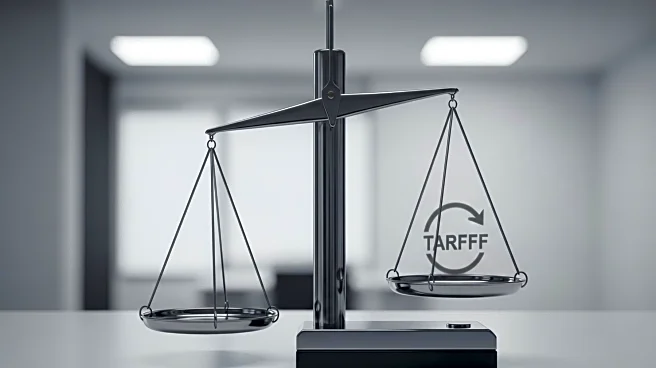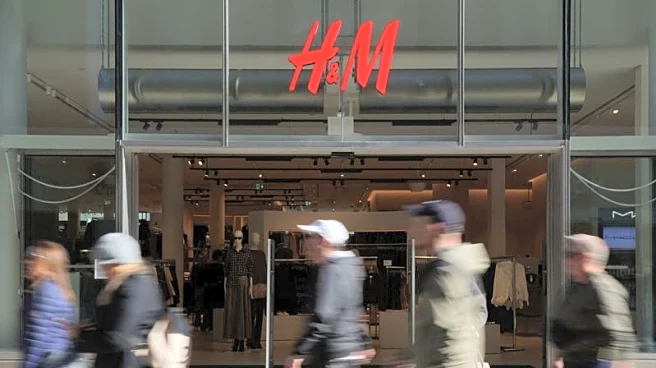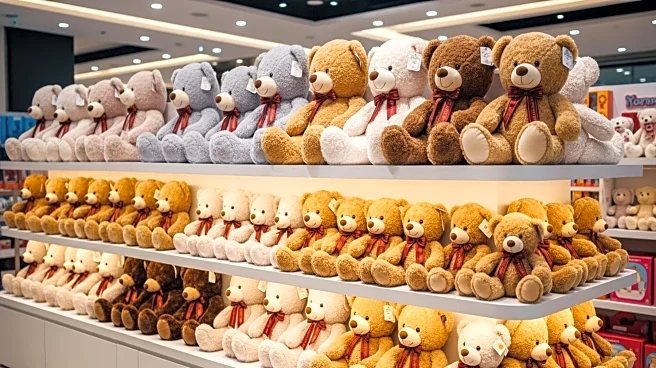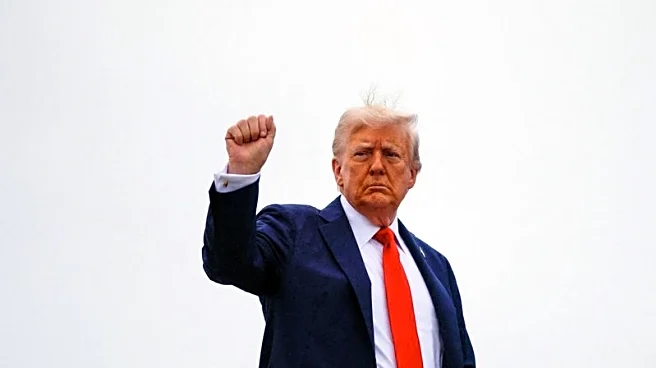What is the story about?
What's Happening?
Swedish fashion retailer H&M Group has announced a significant increase in its third-quarter profits, surpassing expectations. The company reported an operating profit of 4.91 billion crowns ($523 million) for the June-August period, compared to 3.51 billion crowns in the same period last year. This rise in profit was attributed to strong autumn sales, despite a 2% decline in reported sales. However, H&M has warned of increased tariff-related costs and higher markdowns in the current quarter, which could impact its gross margin. The company is striving to enhance profitability and attract customers with trendier clothing to compete with rivals like Shein and Zara, while navigating the challenges posed by U.S. tariffs.
Why It's Important?
The increase in H&M's profits is significant as it reflects the company's ability to adapt to changing consumer preferences and market conditions. The warning about tariff-related costs highlights the ongoing challenges faced by the fast-fashion industry, particularly in the U.S. market. These tariffs could lead to higher prices for consumers and affect the company's competitiveness. The focus on trendier clothing is part of H&M's strategy to differentiate itself in a crowded market, which could influence fashion trends and consumer choices. The company's performance is closely watched by investors and industry stakeholders, as it provides insights into the health of the global apparel market.
What's Next?
H&M anticipates that markdowns will be somewhat higher in the fourth quarter, partly due to Black Friday occurring earlier this year. The company will continue to monitor the impact of tariffs on its operations and adjust its strategies accordingly. Stakeholders will be watching for H&M's ability to maintain its profitability amidst these challenges and its efforts to revamp its brand image. The company's performance in the upcoming quarter will be crucial in determining its long-term strategy and market position.
Beyond the Headlines
The broader implications of H&M's profit increase and tariff concerns extend to the global fashion industry. As tariffs continue to affect import costs, companies may need to reassess their supply chain strategies and pricing models. This could lead to shifts in manufacturing locations and sourcing practices, impacting employment and economic conditions in various regions. Additionally, H&M's focus on trendier clothing may influence fashion trends and consumer behavior, potentially driving changes in the industry.
AI Generated Content
Do you find this article useful?














